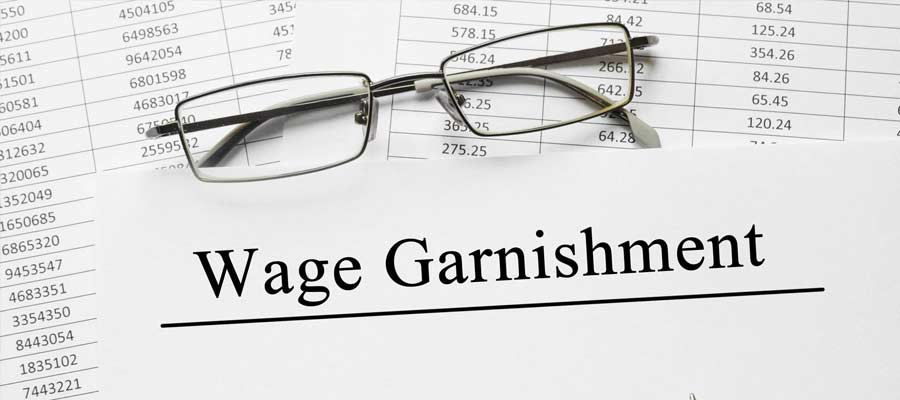Creditors come to wage garnishment when they obtain a court ruling providing them with a judgment in state court. In essence, after giving the proper notice requirements set by law and winning their lawsuit from the debtor who is not paying their bills on time, the creditors can garnish the debtor’s wages. After the judgment, then the creditor files a request for wage garnishment to the employer of the debtor. About 20 days after the creditor’s application to the employer, the request becomes a legal order. While waiting for those 20 days, the employer must still freeze your wages when the creditor’s application is filed, not when it becomes an official order of the state court. Consult with your bankruptcy counsel and wage garnishment attorney as soon as you are aware of a judgment by a creditor to minimize or eliminate the application of a garnishment.
Garnishment of Wages has its Limits
A wage garnishment is an amount of money taken from your employer, who pays your arrears due to a creditor. The types of debt that can be subjected to a garnishment order are extensive. However, statutory limits exist as to the total amounts that can be paid for a garnishment. Some garnishment debt cannot be removed. By means of example, child support for children, alimony and some government debt cannot be removed. However, the timely filing of the bankruptcy petition in circumstances where removal is proper may result in the return and repayment of some or all of the salary deducted from your paycheck. Explore your options with the wage garnishment attorney to learn your rights and legal defenses. If you want to schedule a free consultation with the Miami bankruptcy attorney Alberto H. Hernandez, we welcome your calls at (305) 820-0334.






